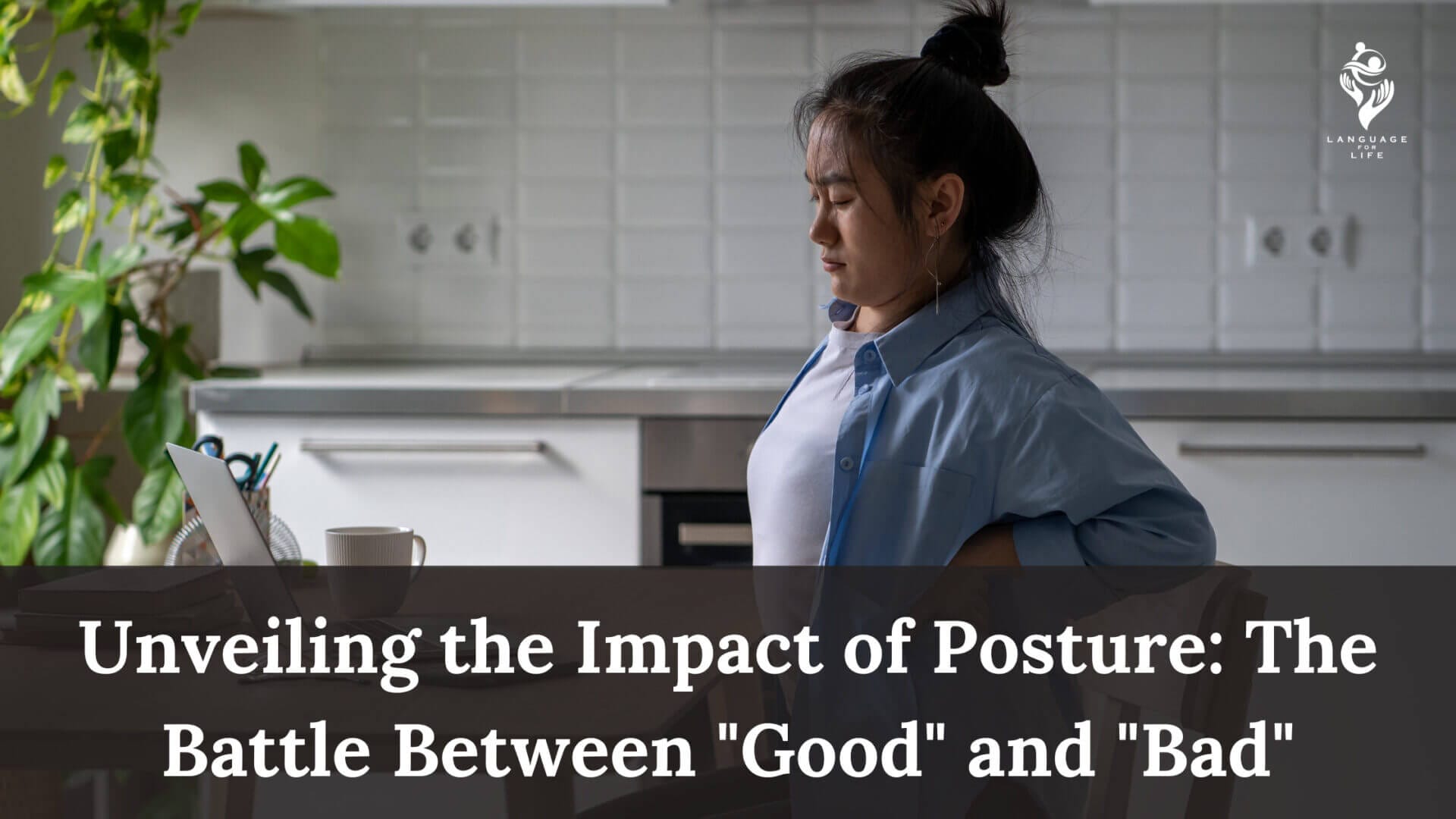Introduction:
Our posture has a profound effect on our overall well-being, influencing not just our physical health but also our mental and emotional states. “Good” posture and “Bad” posture are two general categories that can be used to characterize how we organize our bodies, whether on purpose or accidentally. These ideas encompass a variety of orientations and postures that impact our organs, musculoskeletal system, and even our self-perception, going beyond the conventional ideas of sitting or standing erect.
The Good Posture:
“Stand up straight!” Everyone has heard it from their parents, instructors, or even from within. Maintaining a neutral spine, back shoulders, and chin parallel to the floor are all parts of good posture. This upright posture enables our bodies to perform at their best.
Advantages for Physical Health:
Muscle Support: Balanced muscle function is promoted by proper alignment, which lessens strain on the muscles, joints, and ligaments.
Organ Function: Proper posture facilitates the proper operation of the organs, supporting healthy digestion, circulation, and other physiological processes.
Mental Health:
Boost Your Confidence: Maintaining proper posture and standing tall will give you a more certain and in-control appearance as well as an increase in self-assurance.
Enhancement of Mood: Studies indicate that keeping your posture straight might improve your mood and lessen stress.
Preventing Health Problems:
Spinal alignment: Maintaining proper posture helps keep the spine’s natural curves intact, which helps avoid problems like herniated discs and back pain.
Better Breathing: Optimal lung capacity and respiratory function are supported by proper alignment.
The Bad Posture:
Conversely, “bad” posture includes hunching over, rounded shoulders, and generalized spinal misalignment. This position, which is frequently the result of bad habits or sedentary lifestyles, can cause a number of health problems.
Physicoskeletal Stress:
Back Pain: Chronic pain and discomfort can result from slouching, which can strain the back muscles.
Joint Problems: Misalignment, especially in the neck, shoulders, and hips, can lead to joint issues.
Reduced Organ Performance:
Digestive Challenges: An improper posture can put pressure on internal organs, which could make digestion more difficult.
Problems with Circulation: Slouching can obstruct blood flow, which can result in problems like varicose veins and weakened heart muscles.
Effect on the Mind:
Low Energy: It has been shown that poor posture contributes to weariness and low energy, which can have an impact on production levels.
Negative Self-perception: Slouching over might give the impression that one lacks confidence, which affects both how we and others see us.
Conclusion:
Understanding the principles of “Good” posture empowers us to make thoughtful choices in our daily lives, developing routines that maintain the health of our musculoskeletal system and the efficiency of our physiological functions. Conversely, being aware of the risks associated with “bad” posture serves as a wake-up call, encouraging us to address and break unhealthy behaviors that may result in pain, discomfort, or even health issues.
For further more visit – Maintaining good posture… why bother?

